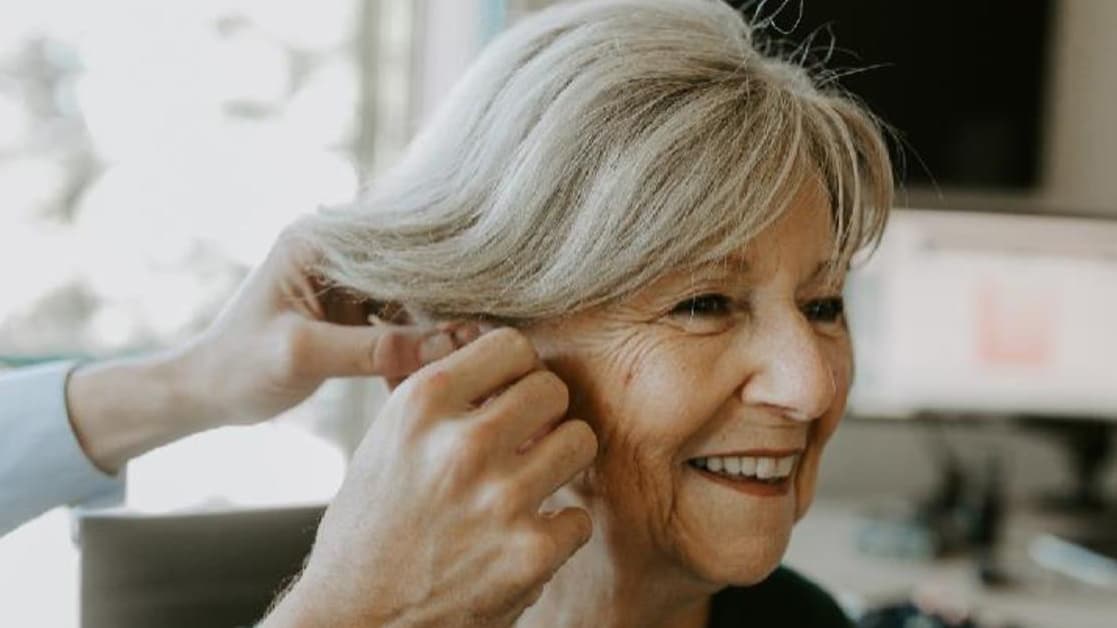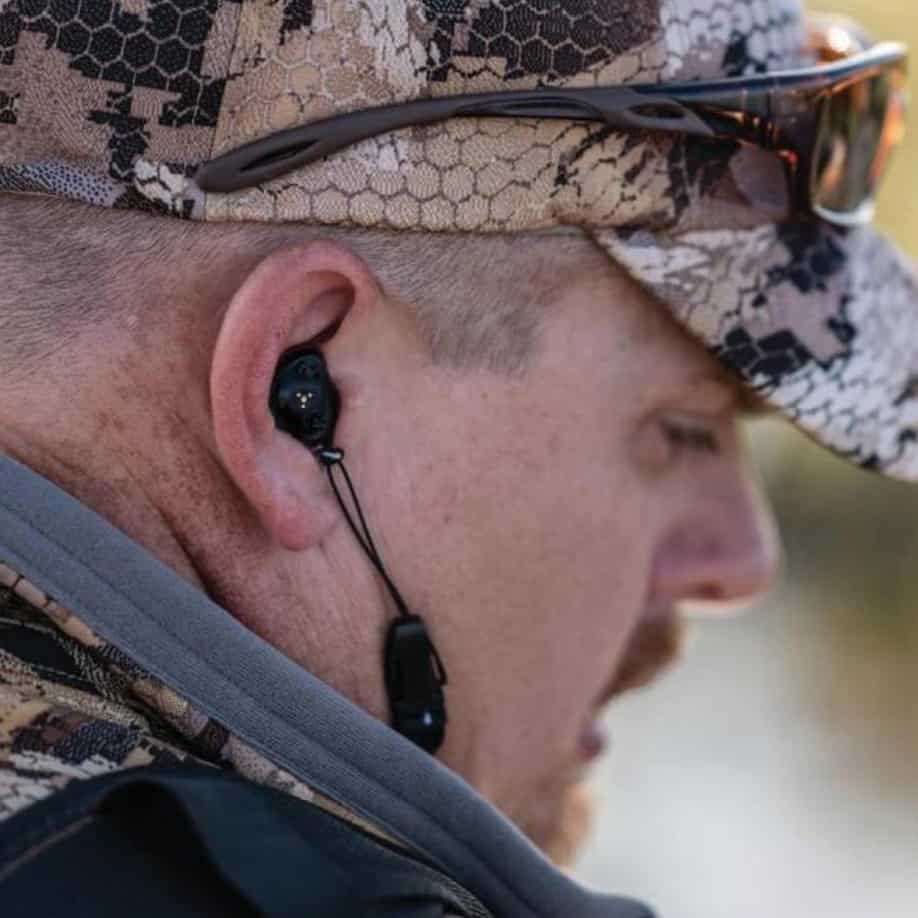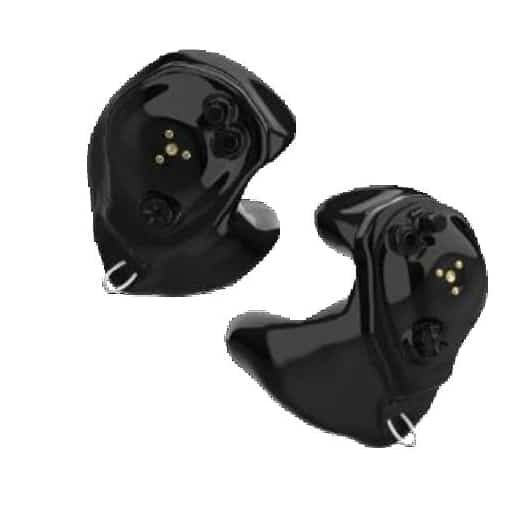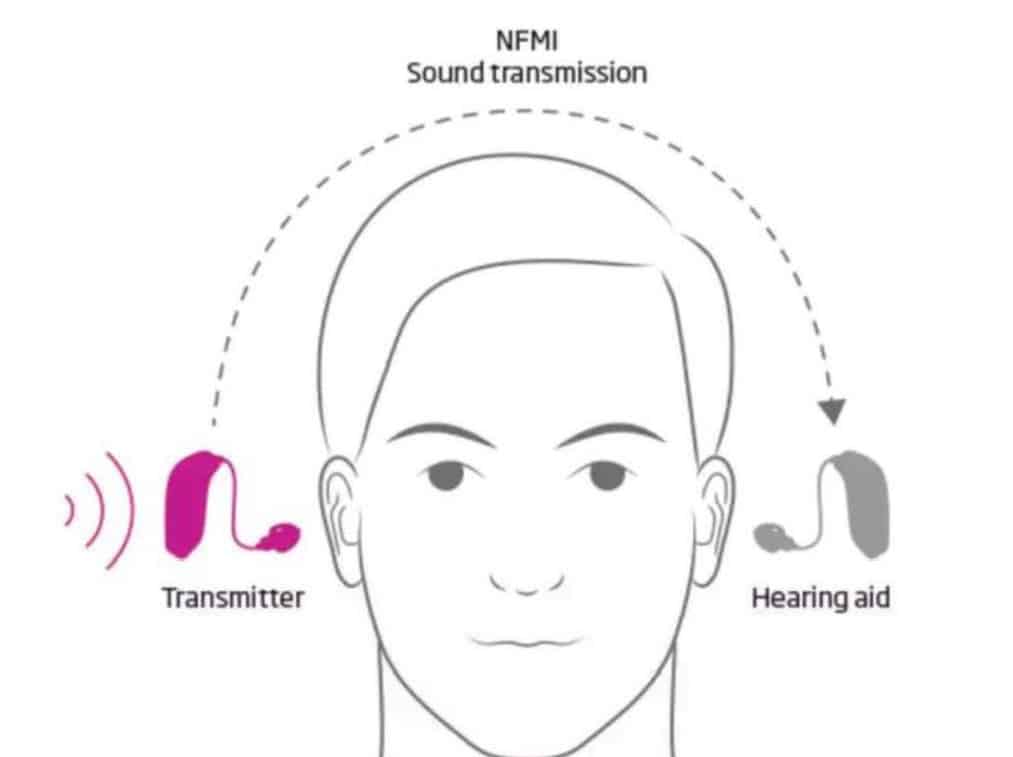
Reduce Dementia Risk by Treating Hearing Loss

One of the main reasons for this connection is that hearing loss can lead to social isolation and loneliness, which are risk factors for dementia. When people have difficulty hearing, they may avoid social situations or find it challenging to communicate with others, leading to a decline in mental stimulation and social engagement. Additionally, hearing loss can cause people to withdraw from activities they once enjoyed, such as going to concerts or participating in group discussions, which can further contribute to isolation and cognitive decline.
However, the link between hearing loss and dementia is not just social. There is also evidence that the brain itself may be affected by hearing loss. The brain is a sensory organ, and if it is not receiving enough sensory input, it may change the way it works. There is some evidence that if the brain is constantly struggling to interpret sounds, it might cause problems in other parts of the brain. This disruption can, over time, contribute to cognitive decline.
Fortunately, there are steps people can take to reduce their risk of both hearing loss and dementia. Wearing hearing aids can help to improve hearing and reduce social isolation, which may help prevent cognitive decline. Regular exercise, a healthy diet, and staying socially engaged are also essential factors that can help protect cognitive health.
In conclusion, hearing loss and dementia are two conditions that may be more connected than previously thought. Social isolation, decreased mental stimulation, and changes in brain function may all contribute to the link between these two conditions. By taking steps to protect hearing and engage in healthy behaviors, we can reduce our risk of both hearing loss and dementia. As Dr. Livingston notes, “Prevention is always better than cure, and taking care of our hearing health is an important part of maintaining our cognitive health as we age.
 Better Hearing Month
Better Hearing Month
UpState Hearing Instruments supports Better Hearing and Speech Month (BHSM), founded in 1927 by the American Speech-Language-Hearing Association (ASHA). Each May, this annual event provides an opportunity to raise awareness about hearing and speech problems, and to encourage people to think about their own hearing and get their hearing checked.
Early identification and intervention for hearing loss is important. Many people live with unidentified hearing loss, often
failing to realize that they are missing certain sounds and words. Checking one’s hearing is the first step toward addressing the issue. Contact us for a hearing evaluation today.
New and Cool!

Very similar are musicians’ monitors that you have probably seen where the wire goes up and over the back of the ear. With Bluetooth hearing aids and stock earbuds like the apple ear pods, it seems like a very useful combination. I’ve been asking several hearing aid manufacturers when they would introduce a bluetooth stereo plug. Normally a blank stare is the response I get, maybe you have that same expression right now.
I’ve ordered some and by the time you read this I will have much more information on how they work.

- Apple® and Android™ Connectivity
- 4 Preprogrammed Digital memories for different listening environments
- Omni-Directional Microphones
- Advantage Wind Noise Management
- Power Save (Auto On/Off)
- Adaptive Feedback Canceller
- Volume Control Wheel
- Hear Clear Wax Protection System
- Surface Nanoshield moisture and wax repellent
- SoundGear Zipper Case with carabiner clip
- Removable Lanyard System
- 1 Year Worry-Free repair warranty
- 1 year warranty on fit
CROS

This becomes more challenging when out walking with friends, riding in a car, or finding the “right” chair at a dinner party in hopes of getting the people you want to hear on your good-ear side.
SSD consumes a tremendous amount of subconscious energy and often results in hearing the wrong information. SSD can make it very difficult to know what direction sound and speech are coming from, causing one to miss important speech details while lessening spatial awareness. This can be very frustrating not only for the person experiencing hearing loss but their friends and family members as well. However, there is hope for those with SSD!
CROS stands for Contralateral Routing of Signal. This CROS hearing system consists of two parts: a transmitter and a receiver and looks like two small hearing devices. The transmitter goes on the “bad ear” and processes sound and speech from that side of the head and sends the signal through broadband to the receiver hearing device on the “better” ear side of the head.
There are two types of CROS systems: a Bi-CROS and a CROS. The Bi-CROS is used when in addition to no or very poor hearing on the bad-ear side there is also a hearing loss on the receiver or better ear side. In addition to receiving speech and sound information from the bad-ear side, the receiver also analyzes, amplifies, and processes speech for the better but compromised ear.
A CROS hearing device is used when there is no hearing loss on the good ear side and the receiver does not have to assist that ear with better hearing. The receiver is receiving speech and sound information from the bad ear side thus allowing the wearer to hear from both sides of the head.
If you think you, a family member or friend might be a candidate for a CROS or bi-CROS hearing system, please call us to discuss options to receive a free hearing assessment and no obligation demonstration.
Staff Spotlight

Pam Dalton, Lab Manager
One of the great attributes to our Redding office is that we have a full-time, fully staffed lab, where we can repair many things in-house and give them back to you that day. This all wouldn’t be possible without our Lab Manager, Pam. She has been with UpState a total of 9 years. Pam embodies our core values every day. When Pam isn’t working, she is with her animals, riding her horse, or spending time with family.
- UpState Hearing Instruments Summer 2023 Newsletter - June 27, 2023
- Tips to Help Your Hearing Aids Last Longer - March 4, 2023
- Celebrate World Hearing Day: Ear and Hearing Care for All! - February 28, 2023
Request a Callback
That’s why we have a hearing care expert available to help.
If you have a question, or would like to speak to a professional privately about the challenges that you may be facing, then simply request a callback and we’ll call you for a friendly no-obligation conversation.

 Better Hearing Month
Better Hearing Month